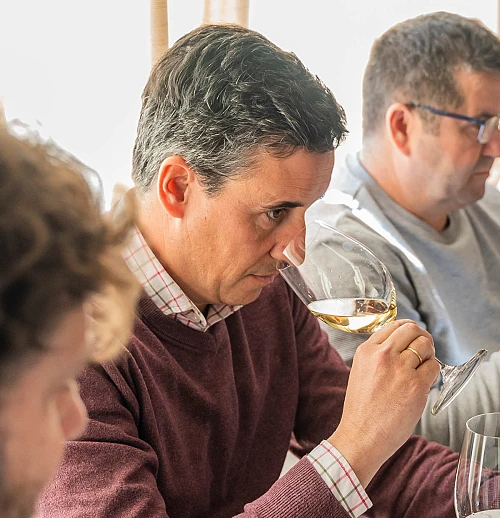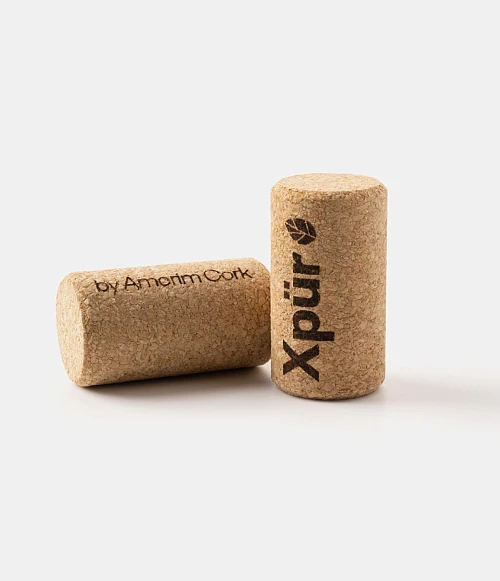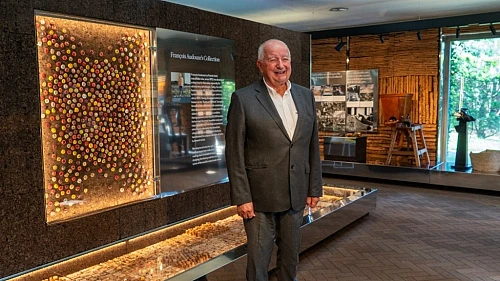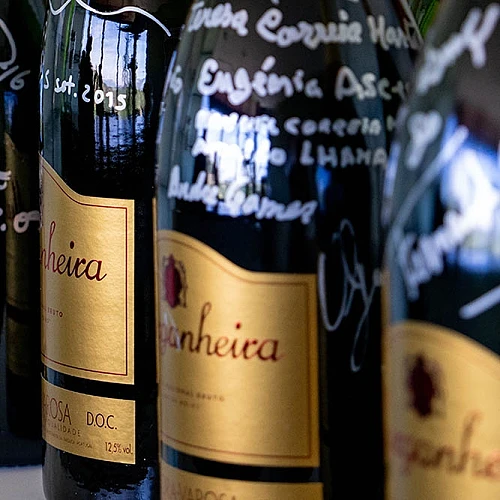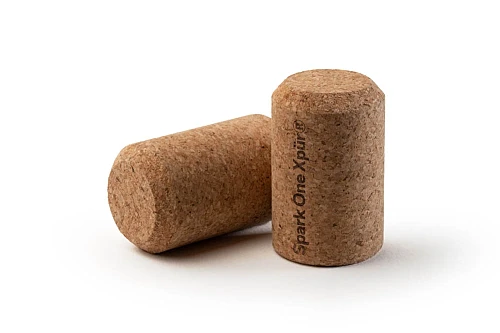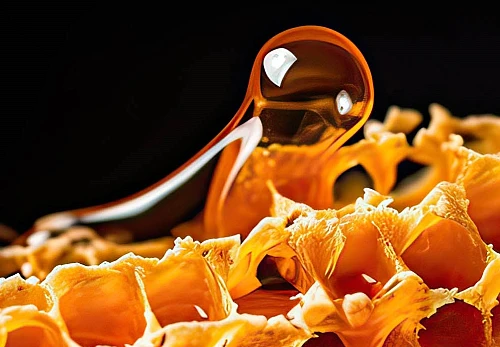- Media Center
- News
News Media Center
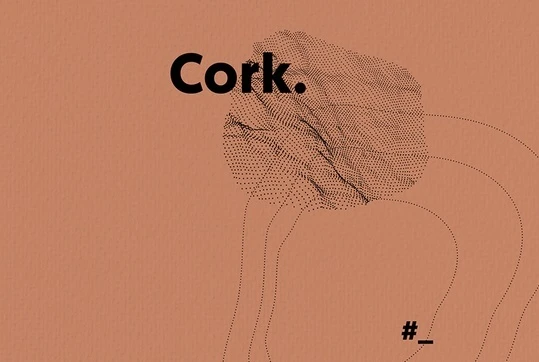
APCOR’s 2018/19 Yearbook Highlights the continuing strong export growth of cork stoppers
Natural cork stoppers enjoy the highest growth rates.
The Portuguese cork association, APCOR has just published its 2018/19 Yearbook, packed with facts and figures about the cork sector.
The document highlights the sector’s rising turnover, in which the main growth driver has been cork stoppers, with natural cork stoppers recording the strongest growth rate - 7.5% compound annual growth (CAGR) since 2012.
The Yearbook also underlines cork’s unbeatable sustainability credentials, including the value of cork oak forests as a unique ecological system and the rigorous environmental controls applied throughout the cork value chain.
The cork industry is one of Portugal’s most international sectors, exporting over 90% of its production. It passed the historic mark of €1 billion in exports in 2018.
To further consolidate this growth, APCOR foresees the need for “more and better cork, better cork oak forests, new management techniques, and a focus on new geographies for the development of the cork oak forest.”
The cork industry is a paradigm example of the interconnection between the circular economy and the bio-economy - two of the key elements of the European Commission’s 2030 Industry Strategy.
Key statistics from the Yearbook include the following:
- Portugal has a 62.4% share of world cork exports, followed by Spain with 18.5% (2017 data).
- Total world exports of cork increased by 5.3% in 2017 and Portuguese exports rose by 7.1%.
- The volume of Portuguese cork production has been increasing since 2006.
- Portugal has 34% of the world’s cork oak forests (736,000 hectares) and produces 49.6% of world cork production.
- 84% of Portuguese cork oak forests are located in the Alentejo region, in the South of Portugal.
- 75% of Portuguese cork companies are located in the municipality of Santa Maria da Feira, in the Aveiro region, in the North of Portugal.
The Yearbook highlighted the importance of the wine industry for the cork sector, which accounts for 72% of cork production (43.45% for natural cork stoppers and 28.61% for other types of cork stoppers), followed by the construction sector with 25%.
The value of Portuguese cork exports has increased by 41% since 2009, rising from €698.3 million in 2009 to €986.3 million in 2017.
Rising global demand for cork stoppers has been the key driver of this growth.
The value of exports of Portuguese cork stoppers increased by 25% between 2012 and 2017 – from €568.3 million to €710.7 million, equivalent to 4.6% CAGR.
The strongest growth has been recorded by natural cork stoppers that increased by 43% between 2012 and 2017 – from €298.7 million to €428.6 million, equivalent to 7.5% compound annual growth (CAGR).
Other segments of the cork industry have enjoyed more modest export growth.
In 2018, Portuguese cork exports continued to rise and accrue value - with 6.5% growth in value and 3% growth in quantity in the first half of the year.
Cork is a major element of Portuguese exports to wine-producing countries, representing 20.5% of total Portuguese exports to Argentina, 20% to Chile, 14.4% to Australia, 6.7% to Mexico and 5.9% to the US.
The key export markets for Portuguese cork are the main wine-producing countries - France (18.9% of total cork exports - €186.3 million), US (17.1% - €168.7 million) Spain (13.2% - €130.5 million), Italy (10% - €99.1 million) and Germany (7.4% - €73.3 million).
The main importers of natural cork stoppers are France, € 107.7 million, followed by the USA, € 92.3 million. France also appears at the top in terms of consumption of sparkling stoppers, at €32.6 million, followed by Italy, at €31.8 million.
The future growth potential for cork stoppers continues to be positive due to upward growth of world wine sales, in particular in fast-growing markets such as China and the US.
